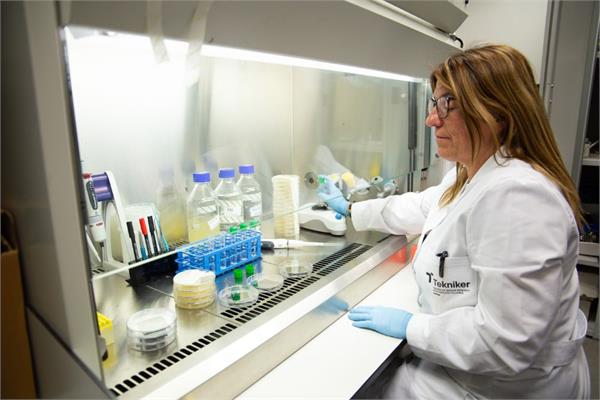
The TOXBOX device could prove a game changer for the paints and coatings sector, which frequently uses complex chemical formulations including biocides, pigments, resins, and solvents.
A major European research initiative is set to transform the way toxicological testing is carried out across industries
– including paints and coatings – by introducing a cutting-edge device that promises faster, safer and more sustainable assessments of chemical substances.
The modular, lab-scale device under development will be capable of conducting a broad range of tests, including cytotoxicity (damage to living cells), genotoxicity (DNA damage), tissue barrier assessments (skin, lung, liver permeability), and environmental simulations (chemical persistence and degradation). These capabilities are particularly relevant for manufacturers of coatings who must ensure their products meet regulatory requirements without compromising performance or safety.
“Today’s toxicity evaluation methods are often expensive, slow, and limited in scope. TOXBOX offers a much-needed alternative that can assess complex interactions and potential hazards more holistically and efficiently,” has stated Gemma Mendoza, a researcher at Tekniker.
The system’s advanced microfluidic architecture enables it to host 3D biological tissue models, such as skin-on-chip, lung-on-chip and zebrafish embryos, offering a more physiologically accurate picture of how substances behave. This is especially pertinent for coatings intended for indoor environments and marine applications.
By embedding sustainability and safety from the outset, the TOXBOX initiative aligns with evolving EU chemical regulations and supports innovation in sectors like paints and coatings, where compliance, environmental performance, and human safety are all top priorities.
About Tekniker
Tekniker is a leading Spanish technology centre specialising in Advanced Manufacturing, Surface & Product Engineering, and ICT for manufacturing. The centre focuses on applying R&D&I to promote sustainability, improve industrial competitiveness, and enhance quality of life.